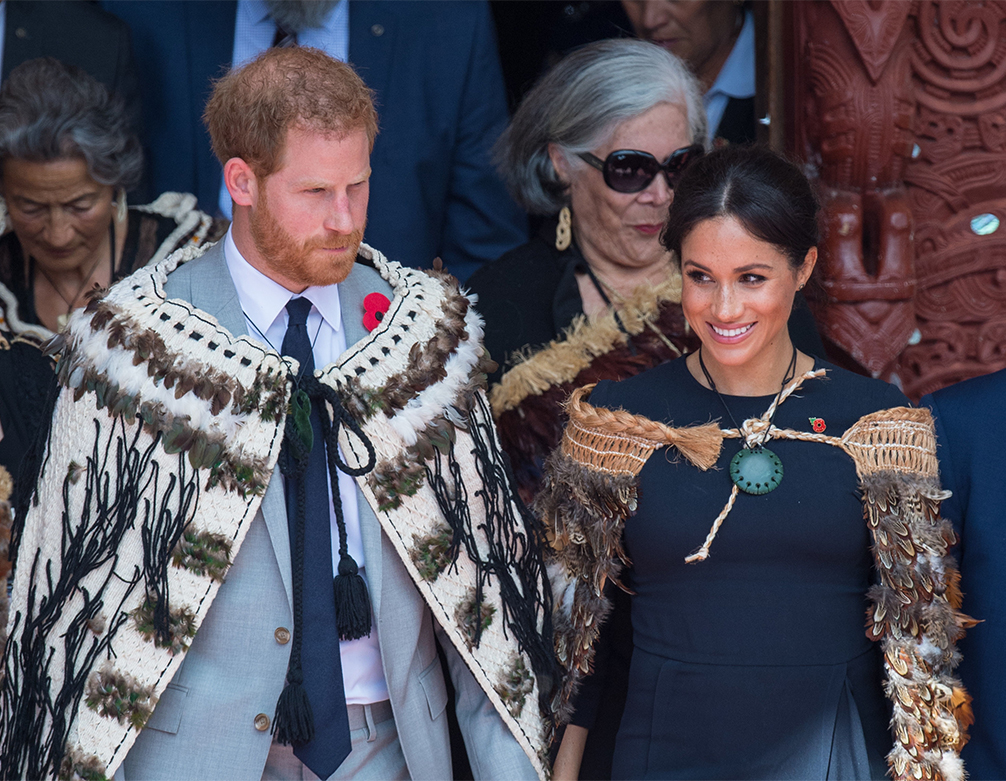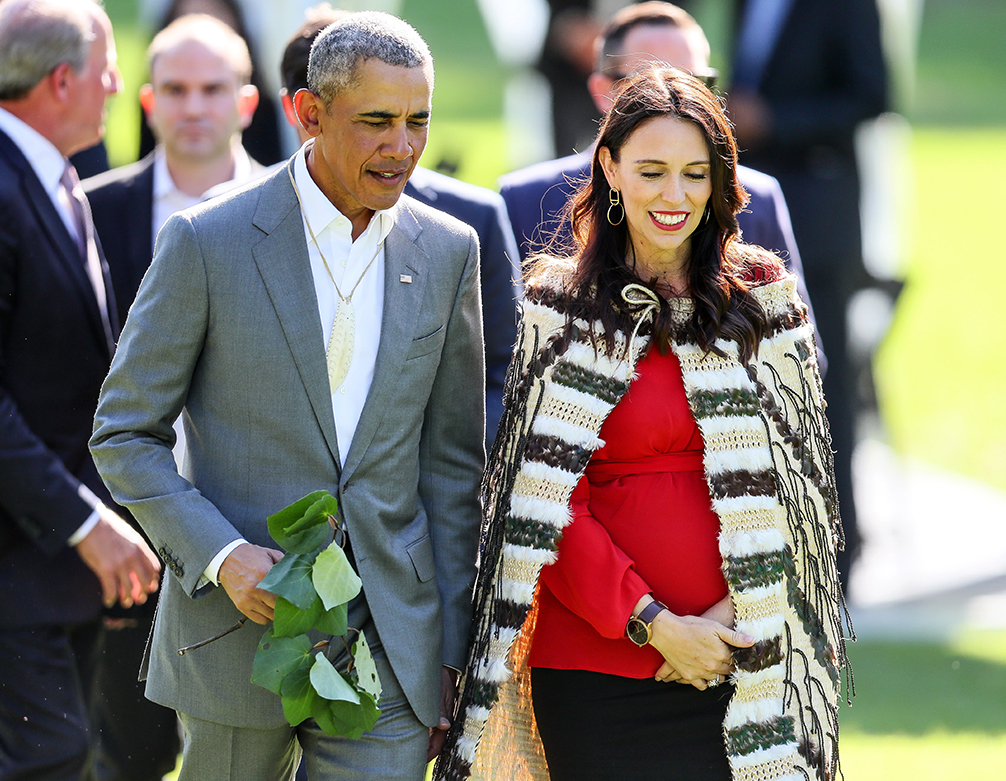Photos of Prime Minster Jacinda Ardern and the Duchess of Sussex wearing traditional Māori cloaks were seen around the world and instilled a sense of pride for many Kiwis – but what’s the meaning behind these works of art?
Fashion designer Kiri Nathan (Ngāpuhi, Waikato Tainui), who has created contemporary korowai (cloaks) for Beyoncé, Childish Gambino and Mariah Carey, shares her knowledge.
Why do you think the photos of Jacinda and the Duchess struck such a chord?
As Kiwis, we’re always proud to see our country and our indigenous culture positively celebrated, both nationally and internationally.
When should they be worn?
Māori cloaks are most commonly worn on special occasions, whether a significant hui and coming together of people, or a significant graduation or birthday. The cloaks hold stories of our history or whānau [family] and whakapapa [genealogy]. They’re held in the highest regard and worn with the highest form of respect.
What’s the significance of someone who’s not Māori being gifted or lent one to wear?
For centuries, cloaks have been gifted to manuhiri [guests] to our country as a form of respect and to honour the individual in a way that only Māori culture can. There is and always has been contention around the topic of non-Māori wearing or being gifted Māori cloaks depending on personal, iwi [tribe] and hapū [subtribe] beliefs.

What are the main differences between the styles of Māori cloaks?
There are specific names for the various styles. Korowai is the name of a muka [flax fibre] cloak with hukahuka adornment [tassels], while kākahu is the Māori word for clothing, however in reference to a cloak it’s more commonly used when describing a full feather cloak.
There are other names for cloaks made from various mediums, for example pake [rain cloaks], woven with durable dried leaves; kahi koati, woven with goat hair; kahu huruhuru, woven with full feather coverage; kahu kiwi, with full kiwi feather coverage; and kaitaka, a fine muka cloak with tāniko [a traditional weaving technique] borders.
How are they usually made, and what’s important when making them?
Traditional cloaks are hand-woven in muka and can take an experienced weaver up to a year to complete. The skill and time it takes to weave a traditional Māori cloak are only two of the reasons why they’re our most prestigious and highly honoured taonga [sacred item] and why our traditional master weavers are held in such high regard.
Contemporary cloaks come in many forms; the revival of the cloak-weaving techniques through wānanga [courses] held at marae all over the country see many weavers using cotton cord as opposed to hand-processed muka. These hand-woven cloaks can take two to six months to weave.
T here are companies that machine-sew feather trims into fabric and use machine-processed tāniko trims; these can be made in a few hours. In any case, it’s important to respect the tikanga [protocols] around the creation of any Māori taonga and to acknowledge the origins and tipuna [ancestors] these precious skills, knowledge and culture have been passed down by.
What are the key differences between contemporary and traditional Korowai?
Traditional cloaks are 100 per cent handmade from natural fibres – they are the pinnacle of raranga kākahu [woven clothing]. Contemporary cloaks are either hand-woven or sewn from contemporary mediums.











